The Battle of Cannae was a key engagement of the Second Punic War between the Roman Republic and Carthage, fought on 2 August 216 BC near the ancient village of Cannae in Apulia, southeast Italy.
It is regarded as one of the greatest tactical feats in military history and one of the worst defeats in Roman history, and it cemented Hannibal's reputation as one of antiquity's greatest tacticians.
Commanders and strength of both sides;
The Roman Army
Total Strength; 86,400 Men
Light Infantry
15,000 Velites
Infantry
≈25,000 Roman
≈30,000 Allied
Cavalry
2,400 Roman
4,000 Allied
Troops in Camp
10,000 Allied Infantry
Roman Commanders;
Gaius Terentius Varro
Lucius Aemilius Paullus
Servilius Geminus
The Army of Carthage
Total Strength; 50,000 Men
Light Infantry
6,000 Skirmishers
2,000 Balearic Slingers
Infantry
21,000 Gallic
3,000 Spanish
8,000 Libyan
Cavalry
4,000 Numidian
2,000 Spanish
4,000 Gallic


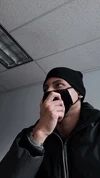
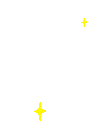
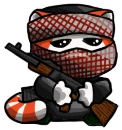
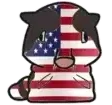
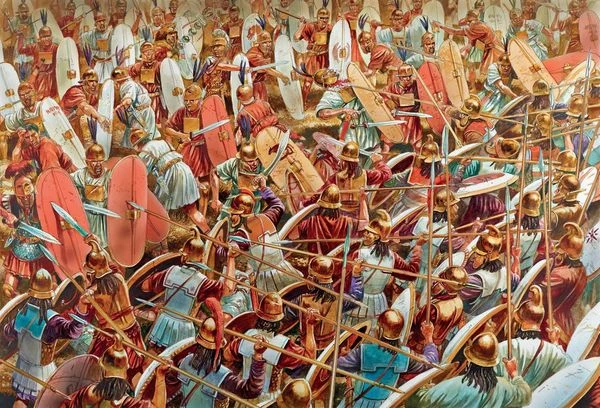





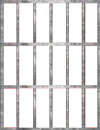
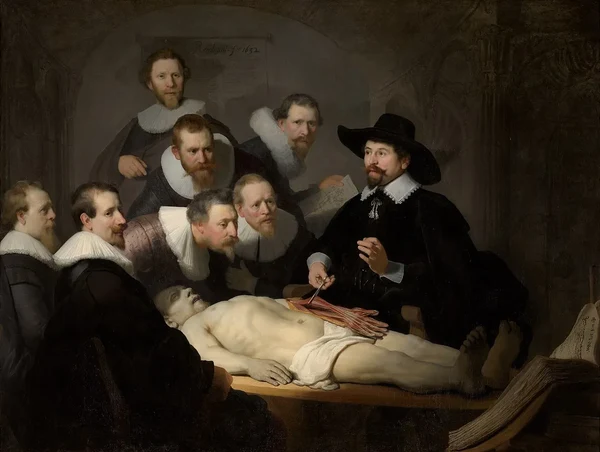


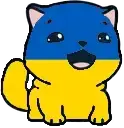 Slavshit
Slavshit

 Sandshit
Sandshit

Jump in the discussion.
No email address required.
cool
Jump in the discussion.
No email address required.
More options
Context
No video ?
Jump in the discussion.
No email address required.
Yeah shame on op for not attaching it
Jump in the discussion.
No email address required.
More options
Context
More options
Context
I do not come to WPD for this type of thing. However, this was gripping from beginning to end. Nice work. Well done.
Jump in the discussion.
No email address required.
More options
Context
There is a typo.
Jump in the discussion.
No email address required.
More options
Context
It's so hard to tell which consul's fault it is when the main scholar of the time was friends with Paullus' family, but thank you for putting Varro as the top and then Paullus since even if Paullus wasn't the level headed wise man Polybius made him out to be, he wasn't in charge of the battle which a lot of accounts seem to just not put much emphasis of and just point to that they were friends.
Jump in the discussion.
No email address required.
More options
Context
Jump in the discussion.
No email address required.
More options
Context
Do you have it in braille? I couldnt find it
Jump in the discussion.
No email address required.
More options
Context
Common Hot Steamy Hunk Hannibal W
Jump in the discussion.
No email address required.
More options
Context
I've always wondered if Hannibal set his army out to purposely fall back and then surround the Romans or if it just kinda happened as a natural progression to the battle
His horses on the flank chased the Roman cavalry off the field and even ransacked the Romans supply camp according to some sources. Surely if the plan was to envelop the Romans they would've turned as soon as they ran the Roman cavalry off the field
Jump in the discussion.
No email address required.
More options
Context
Holy fuck how many coffees did you buy for 500k marsey bucks?
Jump in the discussion.
No email address required.
More options
Context
Jump in the discussion.
No email address required.
More options
Context